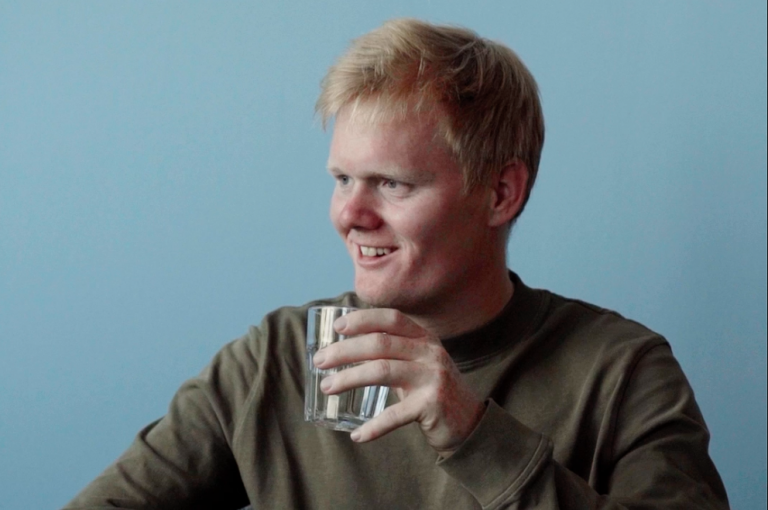May I have your attention, please?
- POV’s
- April 22, 2024
- Bjørn Danmark
In the ever-evolving digital landscape, the spotlight is shifting from third-party cookies to something far more intriguing: your attention. As we prepare for the curtain call of third-party cookies, there’s a new star waiting in the wings, ready to take center stage. But what does it mean to measure attention, and how are we as specialists gearing up for this paradigm shift?
The New Currency in Digital Media
For years, the digital media landscape has been dominated by performance metrics. Clicks, views, conversions – these have been the gold standard for evaluating the success of our campaigns. Particularly in Programmatic buying, conversions have played the starring role, guiding our strategies and shaping our understanding of what works and what doesn’t.
But this reliance on conversions and other similar metrics has been largely underpinned by third-party cookies. These little pieces of data have allowed us to measure the impact of our campaigns across different platforms, giving us valuable insights into user behavior and campaign effectiveness.
However, change is on the horizon. As we’ve previously discussed, Google is phasing out all third-party cookies in 2024. This is not just a change; it’s a seismic shift in the digital advertising landscape. It has sparked extensive conversations within the industry, focusing on two main areas: how to prepare for this transition and what we can measure to evaluate effectiveness in the future.
Preparation for the phase-out involves more than just technical adjustments. It requires a fundamental rethinking of our strategies and practices.
Advertisers have been accustomed to using third-party cookies for audience segmentation, attribution, and data-driven decision-making. As these tools become obsolete, we must find new ways to understand our audiences and measure our successes.
At the same time, there’s an ongoing dialogue about what metrics will be valuable in the post-cookie world. The question is not just what we can measure, but what we should measure. In other words, what will give us meaningful insights into user behavior and campaign effectiveness?
This is where attention comes into play as a metric that has rapidly emerged as a key focus in these discussions.
How Do We Measure Attention?
In the realm of digital advertising, simply being seen is no longer enough. As we shift towards attention as a key metric for our campaigns, it’s important to understand what exactly we’re measuring.
At its core, attention goes beyond mere visibility. An ad can be viewable without necessarily capturing the viewer’s attention. It could appear on a user’s screen, but if they don’t engage with it or even notice it, has it truly achieved its purpose? This is where the concept of attention comes into play.
Attention isn’t about just being in the user’s line of sight; it’s about making a meaningful impression. It’s about engaging the user, holding their interest, and leaving a lasting impact. And unlike clicks or views, which are easily quantifiable, attention is a more qualitative factor.
It offers a different perspective on user engagement. One that delves into how users interact with ads rather than just whether they’ve seen them. This also means that it is much more complicated to measure correctly. So how do we go about solving this challenge?
Several companies have risen to the challenge of measuring this elusive metric. Firms like Lumen, Adelaide, IAS, and Tobii each offer unique approaches to gauging attention. From eye-tracking technology that literally follows the viewer’s gaze, to leveraging insights from extensive studies on user behavior, these tools provide varying degrees of detail and scope.
However, the complexity of measuring attention also brings challenges. Each tool has its strengths and limitations, and understanding these are crucial for advertisers looking to make the most of this new metric. As we navigate this transition, the ability to accurately measure attention will become increasingly important in the digital advertising landscape.
As of now, attention is mostly measured in sterile research experiments, which may distort the reality of the results. Despite this, we still believe there is a lot of value to gain from implementing the attention metric for campaign evaluation.
The Road Ahead
As we navigate this transition away from third-party cookies and towards attention as a key metric, it’s important to understand why we’re on this journey and what lies ahead.
Firstly, why measure attention? In a digital landscape where users are bombarded with information and advertisements, capturing their attention is more crucial than ever. By measuring attention, we can gain valuable insights into how users interact with our ads, helping us create more effective campaigns.
But how do we implement this new metric? This is where the journey becomes a bit more complex. Measuring attention requires new tools and strategies. Companies like Lumen, Adelaide, IAS, and Tobii offer various solutions and as an agency, we’re currently exploring what each of them offers in terms of tools and insights, and how we can integrate these into our work.
There’s no doubt that we’re still early in this process as an industry, and the technology has certain “teething problems” that need to be addressed before it can become a cornerstone in programmatic buying.
However, we now have the opportunity to answer a central question that most advertisers must ask themselves: Do their ads actually capture the viewer’s attention? Having these measurements has enormous potential. Now, the challenge is to utilize this opportunity so we can create numerous case studies demonstrating that it indeed works and has a positive effect on business performance.
While the buzz around measuring attention is exciting, it’s crucial to remember that we’re still in the early stages of this shift. The dialogue should not just revolve around the importance of attention as a metric, but also emphasize the need for concrete evidence showcasing its impact.
So yes, the conversation about attention is fascinating and filled with potential, but we need more than just talk – we need cases. We look forward to being part of this journey, navigating through the challenges, and ultimately helping shape the future of digital advertising.
Do you have any questions about this? Then feel free to reach out to Bjørn Danmark, Senior Programmatic Specialist at [email protected]








